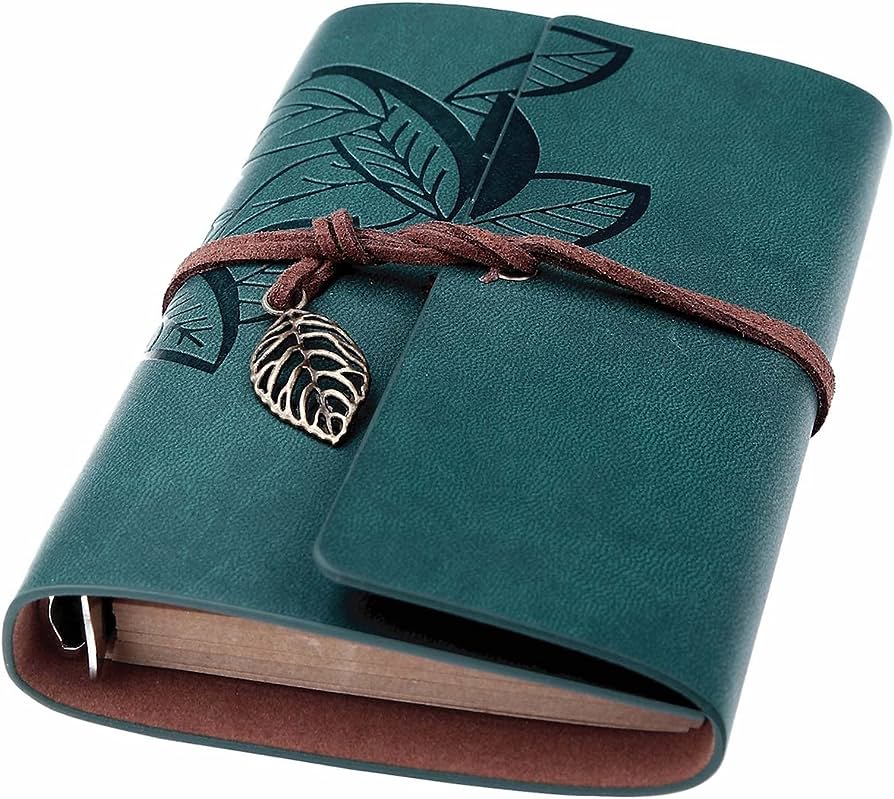
Welcome to the world of dialogue writing, where words come alive and characters find their voice.
In this article, we delve into the art of crafting compelling conversations that captivate readers and drive the narrative forward.
Through careful observation, distinct character voices, and the skillful use of dialogue, we explore how to subtly reveal character details and evoke authentic emotions.
So, join us on this creative journey as we unlock the secrets to mastering the art of dialogue writing.
Observing Real-Life Conversations
Observing real-life conversations provides invaluable insights into the nuances of human interaction. It allows us to analyze conversational dynamics and identify common speech patterns.
By immersing ourselves in the ebb and flow of everyday dialogues, we gain a deeper understanding of how people communicate, express their thoughts, and establish connections. From the rhythm and pace of conversations to the choice of words and non-verbal cues, every aspect plays a significant role in shaping the outcome of a dialogue.
Through careful observation, we can decipher the subtle intricacies of human behavior and adapt our writing accordingly. Real-life conversations offer a wealth of inspiration, offering a glimpse into the complexity and diversity of human interactions. They provide the raw material for crafting authentic and relatable dialogue that resonates with readers who yearn for freedom of expression.

Distinguishing Characters' Voices
By carefully crafting unique speech patterns and linguistic quirks, writers can effectively distinguish characters' voices in dialogue. Developing distinct speech patterns for each character not only helps readers differentiate between them but also adds depth and authenticity to their personalities.
Creating memorable dialogue moments becomes easier when each character has a distinct voice that reflects their background, experiences, and emotions. For example, a character from a rural area might have a tendency to use colloquialisms or regional dialect, while a well-educated character might speak with more formal language. These nuances in speech can bring characters to life and make them more relatable to readers.
Using Dialogue to Progress the Story
Through skillful utilization of dialogue, writers can effectively propel the story forward while developing the plot and deepening the characterization. Crafting impactful dialogue is a powerful tool that allows authors to create vivid scenes and engage readers in the narrative.
By using dialogue to enhance the plot through conversation, writers can create tension, reveal important information, and showcase the dynamics between characters.
To create imagery in the audience's mind, consider the following:
- Use descriptive language to bring the setting to life, painting a picture with words that transports readers to the scene.
- Incorporate sensory details to engage the readers' senses, allowing them to feel, smell, taste, and hear what is happening in the story.
Subtly Revealing Character Details
As writers master the art of dialogue writing, they can skillfully unveil character details by subtly incorporating subtext into their conversations. Indirect characterization techniques allow writers to reveal aspects of a character's personality, motivations, and desires without explicitly stating them. By utilizing subtext in dialogue, writers create a rich and multi-layered narrative that engages the audience's imagination and intellect.
Subtext is the underlying meaning or message conveyed through the words spoken by characters. It is the unsaid, the subtle hints, and the unspoken emotions that add depth to a conversation. Through subtext, writers can reveal a character's hidden agenda, their internal conflicts, and their true intentions.

By carefully crafting dialogue that contains subtext, writers provide readers with the opportunity to interpret and understand characters on a deeper level. This allows for a more immersive and engaging reading experience, where the audience is actively involved in unraveling the complexities of the story.
Depicting Characters' Emotions
The depiction of characters' emotions is a crucial aspect of effective dialogue writing. It is through the expressions, gestures, and tone of voice that emotions come alive on the page. To create vivid imagery in the audience's mind, consider the following techniques:
Emotionally charged exchanges: Imagine two characters engaged in a heated argument, their voices rising and faces flushed with anger. The tension in the air is palpable, and their words carry the weight of their emotions.
Non-verbal cues in dialogue: Picture a character nervously tapping their foot or biting their lip during a tense conversation. These subtle actions speak volumes about their inner turmoil, adding depth and complexity to the scene.
Frequently Asked Questions
How Can I Effectively Incorporate Humor Into Dialogue Without It Feeling Forced or Out of Place?
Effectively incorporating humor into dialogue requires a delicate balance of sarcasm, wit, and comedic timing. By skillfully crafting dialogue that feels natural and authentic, while also utilizing clever wordplay and comedic delivery, humor can be seamlessly woven into the fabric of the conversation.
Are There Any Specific Techniques or Strategies for Writing Natural and Authentic-Sounding Dialogue?
Capturing subtext and balancing exposition are key techniques for writing natural and authentic-sounding dialogue. By understanding the unsaid meanings and finding a balance between revealing information, writers can create dialogue that feels genuine and engaging.
What Are Some Common Mistakes to Avoid When Writing Dialogue That Could Make It Feel Stilted or Unrealistic?
Common mistakes in dialogue include unrealistic or stilted language, lack of character differentiation, and excessive exposition. To avoid these, writers should focus on authentic speech patterns, use effective dialogue tags, and incorporate humor effectively to engage readers.

How Can I Ensure That Each Character's Dialogue Is Distinct and Reflective of Their Personality and Background?
To ensure distinct and reflective dialogue, focus on character development by using dialogue to reveal personality and background. Explore dialogue dynamics to showcase power dynamics and relationships between characters. Employ an imaginative, expressive, and innovative style of writing that resonates with an audience seeking freedom.
Are There Any Particular Ways to Convey Emotions Through Dialogue That Can Make the Reader Truly Feel the Characters' Emotions?
Nonverbal cues and subtext are powerful tools to convey emotions in dialogue. By incorporating body language, facial expressions, and underlying meanings, readers can truly feel the characters' emotions, creating a more immersive and impactful experience.
 Writing TipsCreative WritingJournalingSketching TechniquesBuying GuidesPrivacy PolicyTerms And Conditions
Writing TipsCreative WritingJournalingSketching TechniquesBuying GuidesPrivacy PolicyTerms And Conditions
